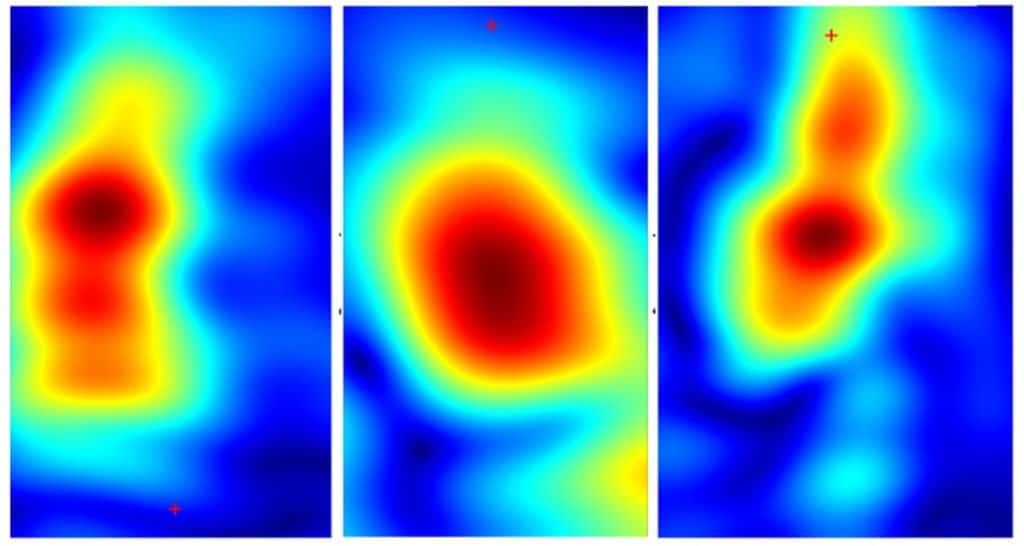The researchers of the Stevens Institute of Technology They are working on a portable, low-cost device that could halve the number of unnecessary biopsies and give dermatologists and other front-line doctors immediate access to laboratory tests for melanoma, the malignant skin cancer that is seeing ever-increasing numbers.

“We don't want to eliminate biopsies,” he said Negar Tavassolian, director of the Bio-electromagnetism Laboratory. “We just want to give doctors additional tools and help them make better decisions.”
How does the “anti-melanoma” scanner work?
The team's device uses millimeter wave imaging, the same technology used in airport security scanners, to scan a patient's skin.
Because healthy tissue absorbs millimeter wave radiation differently than cancerous tissue, it is theoretically possible to spot a melanoma by comparing the rays reflected by the skin. To put this technology into practice, the researchers used algorithms to integrate the data obtained from numerous different antennas into a single ultra-high bandwidth image, reducing noise and allowing them to quickly identify even the smallest tumors, scanning every mole and imperfection.
The team, led by Dr. Amir Mirbeik, used a portable version of their technology to examine 71 patients in a real-life scenario. Result? The method can accurately distinguish benign and malignant lesions in seconds.
The device identifies melanoma with a 97% sensitivity and 98% specificity, a competitive rate with the best hospital-grade diagnostic tools.
Fast and most of all portable
There are other advanced imaging technologies that can detect skin cancers, but they are large and expensive machines that are not available in the clinic. The turning point is that the diagnosis of melanoma can be done with a low-cost device: small, very fast and as easy to use as a mobile phone.
Whatever Tavassolian says, because the technology delivers results in seconds, it could one day totally change routine checks. Doctors could get lightning-fast and accurate diagnoses of melanoma by treating more patients.
The next steps
Now we need to "package" this material into an integrated circuit. Immediately afterwards, start with mass production: soon we will see millimeter wave diagnostics for less than 100 euros. I'm gambling by 2025, but it will probably take even less: around two years.
Later, big data and machine learning will allow people to use such a tool to keep their skin in check every day. Even alone, when they want.


